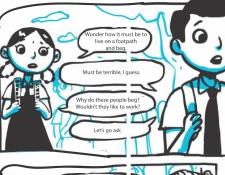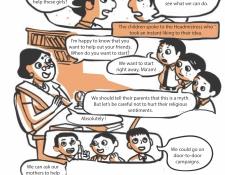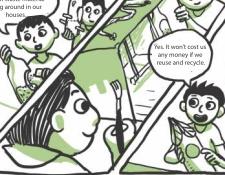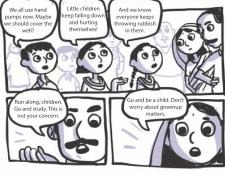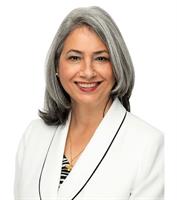What is Design for Change
Design for Change (DFC) is a global movement that cultivates the ‘I Can’ mindset in every child. This ‘I Can’ spirit empowers children and gives them an opportunity to express their own ideas for a better world and put them into action. Design for Change was born out of the conviction that children are not helpless, that change is possible and belief that they can drive it. Through a simple design process of Feel-Imagine-Do-Share ( FIDS for KIDS ) children are designing solutions for some of the worlds greatest challenges! Ready to join the movement??
-
Dr Howard Gardner on Design for Change
Watch Dr Gardner share his thoughts on Design for Change and why 'character' matters! -
Design for Change - Global Impact
See the impact of DFC around the world -
What is Design for Change
Meet Kiran and the Global Partners as they share why DFC matters! -
Kiran has a message for all the superheroes!
Watch Kiran tell all superheroes to unleash their I CAN superpower!
HOW WE DO IT
Design For Change empowers student leadership by unleashing their
‘I CAN’ Superpower using the FIDS framework
-

Feel
-

Imagine
-

Do
-

Share
GET INSPIRED BY DFC STORIES
-
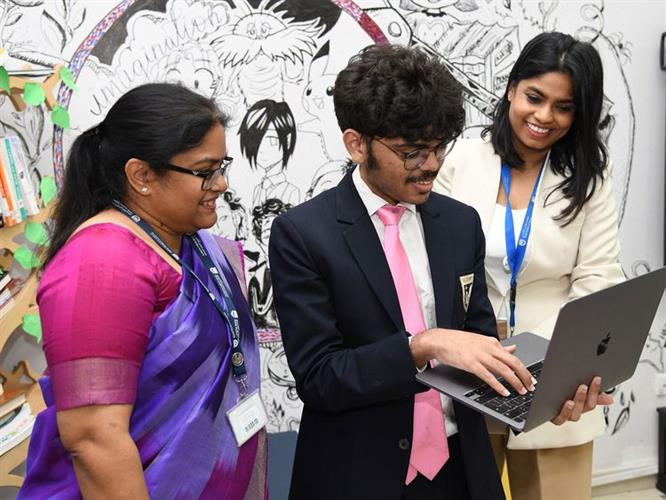
LessonGPT
Aadivya Raushan of GEMS Modern Academy is the creator of this initiative. It's an app that uses generative AI to create lesson plans automatically.With its simple, intuitive UI, the app guarantees that educators will save significant time. The app is compatible with a number of curricula, such as the UAE's moral education programme and the ICSE, ISC, PYP, MYP, and IBDP. Instructors enter the subject, topic, curriculum, grade, length, and other details for the lesson they wish to create, and the software creates lesson plans based on this data. Along with organised questions and activities, it also has links to pertinent websites and background, highlighting the differences between teacher-led and student-led activities.
Learn more -
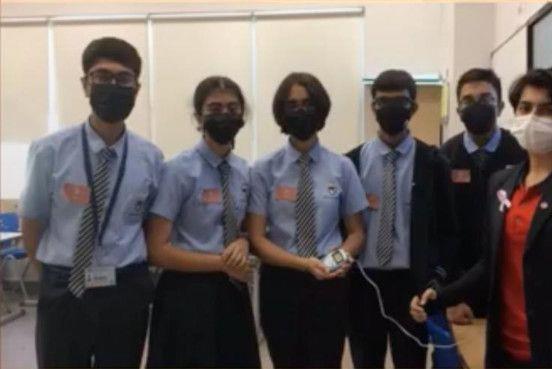
Obscurus
This is a project by five 14-year-old students in Grade 10 have created a wristband that will help patients with Parkinson's disease live healthier, more normal lives. Misha Raval, Soham Chakraborty, Arhaan Singh, Advaith Salil Pillai, and Tanisha Mathur make up the team. Eriyat Lakshmi Devi, the professor, provided guidance to the students.
Learn more -
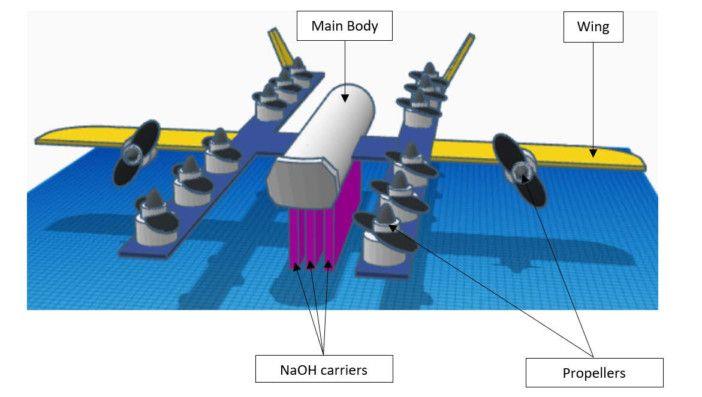
RedPoll
This is a project by Tanay Jagannathan. It features a drone equipped with an attachment that carries sodium hydroxide, a substance that reduces pollution by absorbing carbon dioxide, an air pollutant. In experiments supporting his theory, sodium hydroxide is found to be the most efficient of four hydroxide types at absorbing low amounts of carbon dioxide (at the Al Hoty Stanger Laboratory in Dubai). His research on these tests is published in the magazine of Emerging Investigators, a science magazine located in the United States that features student-performed "original research." He sees a TV programme that demonstrates the use of lithium hydroxide to absorb carbon dioxide in spacecraft, which gives him the idea to utilize a drone-based pollution absorber.
Learn more
Take it to your classroom
You can empower student leaders in your classroom by using the 4-step FIDS process in
-
ONE WEEK CHALLENGE TOOLKIT & LESSON PLAN
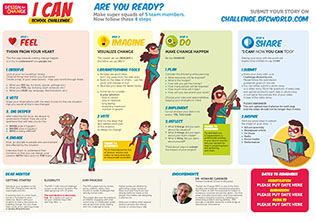
The all inclusive and flexible challenge is the quickest way to unleash the 'I CAN' superpower in children. Download the toolkit and the one week support plan below and get started!
DOWNLOAD CHALLENGE TOOLKIT & LESSONPLAN -
ONE MONTH CURRICULUM & LESSON PLAN
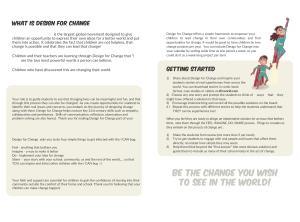
The month long curriculum enables students to work with one another, to collaborate and to engage deeply, identify the real issues and concerns. The curriculum comes with a month long support plan, download and get started.
DOWNLOAD CURRICULUM & LESSONPLAN
TESTIMONIAL
-

"Design for Change (DFC) is one of the most exciting and important educational programs that I know of, with the potential for impact in numerous countries around the globe....Our first wave of studies documents clear improvements in student empathy as well as challenges in enhancing problem solving abilities....DFC provides a valuable model for a wide range of educational innovations"
Dr. Howard Gardner Harvard Graduate School of Education
-

"Design for Change helps teachers empower student leadership. Students, as well as teachers, grow as leaders by using the 'FIDS' framework. Their research has proven that cultivating in students these and other twenty-first century skills and social competencies (such as teamwork) has an impact on students’ academic results, develops fundamental character traits, and creates better employment skills for our students."
Wendy Kopp CEO & Co-Founder of Teach For All













